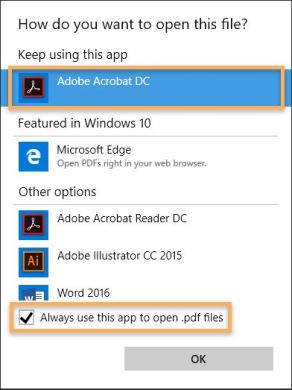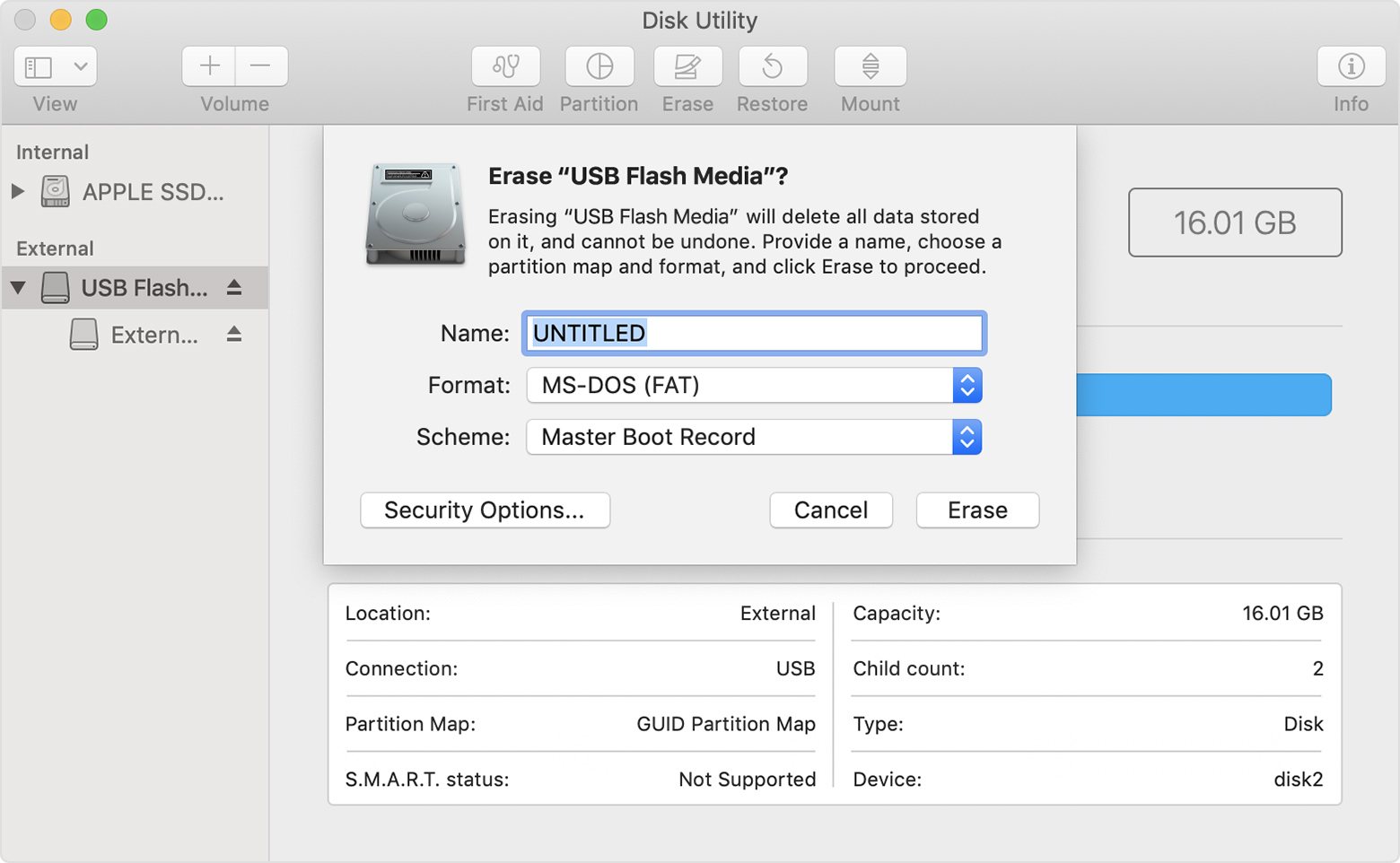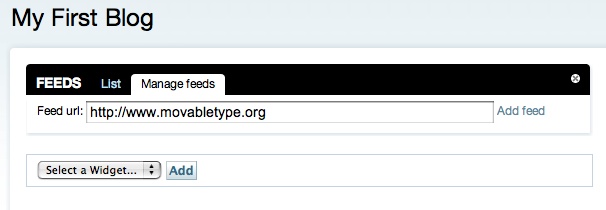- Enable Flash Player Mac
- Adobe Flash Download Mac
- Uninstall Flash On Mac
- Why Can't I Download Flash Player On My Mac
- Cant Download Flash On Macbook Pro
How to install Flash on your Mac safely. If Flash is not installed, which is by default on all new Macs, here’s a step-by-step guide to install it safely. Visit the Adobe Flash Player page. Click the Download now button. The installer will download to your computer. If you’re using Safari, the file will go to your Downloads folder.
- Download and install Recoverit Flash Drive Recovery on your computer, follow the next simple steps to perform flash drive data recovery on Windows computer. Launch Recoverit Data Recovery program, select the ' External Device Recovery ' mode to get started.
- Download Free Flash Player For Ipad; Download Free Flash Flv Player; Adobe Flash Player for Mac 32.0.0.433: Show and play Adobe Flash content through Firefox, Opera or Safari. The Adobe Flash Player runtime lets you effortlessly reach over 1.3 billion people across browsers and OS versions with no install — 11 times more people than the best.
- If the installer for Adobe flash is suggesting you go to the Mac App Store then I would be concerned that it isn't an official installer. More Less Dec 18, 2014 5:42 PM.
- Installing Flash. Flash comes packaged in a DMG, and they have separate versions for different browsers. Choose the browser you use, download Flash, and open it up. There should be a single installer to run, and all you’ll have to do is agree to the Terms and Conditions and enter your Mac password to allow the installation.
These advanced steps are primarily for system administrators and others who are familiar with the command line. You don't need a bootable installer to upgrade macOS or reinstall macOS, but it can be useful when you want to install on multiple computers without downloading the installer each time.

Download macOS
Find the appropriate download link in the upgrade instructions for each macOS version:
macOS Catalina, macOS Mojave, ormacOS High Sierra
Installers for each of these macOS versions download directly to your Applications folder as an app named Install macOS Catalina, Install macOS Mojave, or Install macOS High Sierra. If the installer opens after downloading, quit it without continuing installation. Important: To get the correct installer, download from a Mac that is using macOS Sierra 10.12.5 or later, or El Capitan 10.11.6. Enterprise administrators, please download from Apple, not a locally hosted software-update server.
OS X El Capitan
El Capitan downloads as a disk image. On a Mac that is compatible with El Capitan, open the disk image and run the installer within, named InstallMacOSX.pkg. It installs an app named Install OS X El Capitan into your Applications folder. You will create the bootable installer from this app, not from the disk image or .pkg installer.
Use the 'createinstallmedia' command in Terminal
- Connect the USB flash drive or other volume that you're using for the bootable installer. Make sure that it has at least 12GB of available storage and is formatted as Mac OS Extended.
- Open Terminal, which is in the Utilities folder of your Applications folder.
- Type or paste one of the following commands in Terminal. These assume that the installer is still in your Applications folder, and MyVolume is the name of the USB flash drive or other volume you're using. If it has a different name, replace
MyVolumein these commands with the name of your volume.
Catalina:*
Mojave:*
High Sierra:*
El Capitan: - Press Return after typing the command.
- When prompted, type your administrator password and press Return again. Terminal doesn't show any characters as you type your password.
- When prompted, type
Yto confirm that you want to erase the volume, then press Return. Terminal shows the progress as the bootable installer is created. - When Terminal says that it's done, the volume will have the same name as the installer you downloaded, such as Install macOS Catalina. You can now quit Terminal and eject the volume.
* If your Mac is using macOS Sierra or earlier, include the --applicationpath argument, similar to the way this argument is used in the command for El Capitan.

Use the bootable installer
After creating the bootable installer, follow these steps to use it:
- Plug the bootable installer into a compatible Mac.
- Use Startup Manager or Startup Disk preferences to select the bootable installer as the startup disk, then start up from it. Your Mac will start up to macOS Recovery.
Learn about selecting a startup disk, including what to do if your Mac doesn't start up from it. - Choose your language, if prompted.
- A bootable installer doesn't download macOS from the Internet, but it does require the Internet to get information specific to your Mac model, such as firmware updates. If you need to connect to a Wi-Fi network, use the Wi-Fi menu in the menu bar.
- Select Install macOS (or Install OS X) from the Utilities window, then click Continue and follow the onscreen instructions.
Learn more
Enable Flash Player Mac

Adobe Flash Download Mac
For more information about the createinstallmedia command and the arguments that you can use with it, make sure that the macOS installer is in your Applications folder, then enter this path in Terminal:
Catalina:
Uninstall Flash On Mac
Mojave:
Why Can't I Download Flash Player On My Mac
High Sierra:
Cant Download Flash On Macbook Pro
El Capitan:
